Imagine the exhilaration of flying down the open road, the wind rushing through your hair, and the feeling of absolute freedom. Now, picture the daunting sight of a steep hill rising before you, challenging your resolve and pushing your limits.
Hill climbing, with its unique blend of suffering and triumph, is an integral part of every cyclist’s journey. But fear not! Every cyclist, from novices to seasoned riders, has experienced the grueling battle of conquering hills.
In this article, we will unveil ten essential tips that will transform your hill climbing game, turning those dreaded inclines into opportunities for growth, achievement, and sheer joy.
Tip 1: Optimize Your Bike’s Gear Ratio for Climbing

One of the first steps to improving your hill climbing prowess is optimizing your bike’s gear ratio for climbing. Choosing the right gear ratio can make a significant difference in your ability to ascend with ease.
When climbing, it’s essential to find a balance between maintaining a reasonable cadence and generating enough power. If the gear is too easy, you might spin out quickly and struggle to generate sufficient power.
Conversely, if the gear is too hard, you may strain your muscles and tire prematurely. Adjusting your gears to match your fitness level and the gradient of the climb will allow you to maintain an optimal cadence and power output.
To optimize your bike’s gear ratio for climbing, start by assessing your current gear setup. Consider the cassette at the rear and the chainrings at the front.
If you frequently struggle with climbs, you might benefit from installing a cassette with a wider range of gears, offering lower ratios that are easier to pedal uphill. For example, a cassette with an 11-32 or 11-34 range provides lower gear ratios, allowing for a more comfortable cadence on steep climbs.
Similarly, adjusting the chainrings at the front can help optimize your climbing gears. Consider switching to smaller chainrings, such as a compact crankset with 50/34 teeth, or even a sub-compact crankset with 48/32 teeth. These smaller chainrings provide easier gearing options, enabling you to spin at a higher cadence without putting excessive strain on your muscles.
Experiment with different gear combinations to find what works best for your riding style, the terrain you encounter, and your fitness level. Keep in mind that the optimal gear ratio for climbing will vary based on your individual strength and preference.
Ultimately, the goal is to find a gear setup that allows you to maintain a comfortable cadence while generating enough power to conquer those challenging climbs.
Tip 2: Build Lower Body Strength and Endurance

To conquer those challenging climbs, it’s crucial to build lower body strength and endurance. Your legs are the powerhouse that propels you up the hill, so strengthening the muscles involved is essential.
Regular strength training exercises such as squats, lunges, leg presses, and deadlifts can strengthen your quadriceps, hamstrings, and glutes. These compound exercises engage multiple muscle groups simultaneously, mimicking the demands of hill climbing.
In addition to strength training, incorporating endurance rides and hill repeats into your training regimen will help condition your muscles for sustained efforts during climbs. Endurance rides are longer, steady-paced rides that develop your cardiovascular fitness and muscular endurance. Aim to include at least one or two endurance rides per week, gradually increasing the duration and intensity as your fitness improves.
Hill repeats involve repeatedly climbing a specific hill segment at high intensity. This training method not only builds strength but also enhances your ability to sustain efforts during climbs.
Choose a hill that challenges you but is still manageable and ride up it multiple times, aiming to gradually increase the number of repeats or decrease the rest time between repeats. By practicing hill repeats, you’ll improve your climbing-specific fitness, develop mental resilience, and refine your technique for climbing steep gradients.
Tip 3: Master Efficient Pedaling Techniques

Efficient pedaling techniques can make a noticeable difference when it comes to conquering hills with ease. When climbing, aim to maintain a consistent cadence (the number of pedal revolutions per minute) that allows you to generate power without fatiguing too quickly.
A cadence between 80-90 revolutions per minute is a good target, although this may vary depending on personal preference and the specific demands of the climb.
To maintain an efficient pedal stroke, focus on applying force throughout the entire rotation. Rather than simply pushing down on the pedals, aim to engage your muscles in a smooth and balanced manner.
Think of the pedal stroke as a circular motion: apply pressure as you push forward and downward, pull up slightly as the pedal reaches the bottom, and continue this motion throughout the entire revolution. This technique allows you to generate power on both the downstroke and the upstroke, maximizing your efficiency and reducing energy wastage.
To develop efficient pedaling techniques, incorporate drills into your training rides. One such drill is single-leg pedaling, where you unclip one foot and pedal with only the other leg for short intervals.
This exercise helps identify and correct any imbalances or weaknesses in your pedal stroke. Gradually increase the duration and intensity of the drill as you become more comfortable. By refining your pedaling technique, you’ll optimize power transfer and minimize energy losses during climbs.
Tip 4: Improve Your Climbing Technique
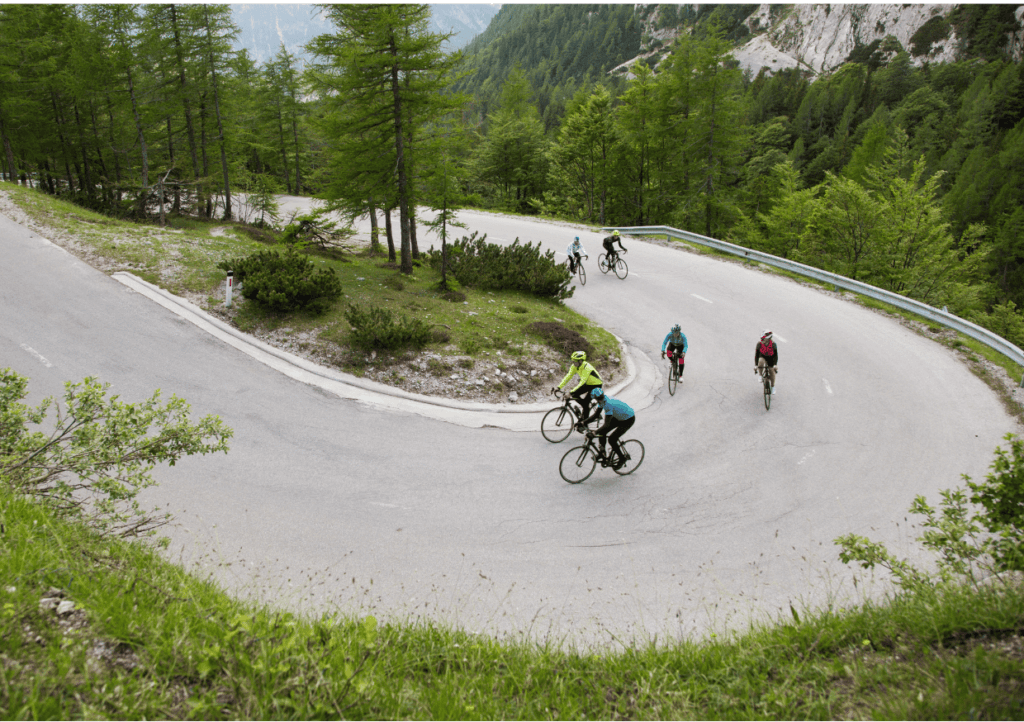
Refining your climbing technique is essential for tackling steep ascents effectively. Proper body positioning and weight distribution play a vital role in optimizing your power output and maintaining control on challenging terrain.
When climbing, shift your weight forward slightly to keep the front wheel grounded and maintain traction. This forward weight distribution helps prevent the front wheel from lifting and ensures optimal power transfer to the rear wheel.
Keep your upper body relaxed, maintaining a slight bend in your elbows and a relaxed grip on the handlebars. This posture allows for better absorption of bumps and vibrations, reducing fatigue and increasing stability.
Experiment with different climbing positions to find what works best for you and the specific climb. Standing climbing, also known as out-of-the-saddle climbing, allows you to engage different muscle groups and generate more power.
It’s particularly useful for short, steep climbs or when you need an extra surge of power to overcome an obstacle.
When standing, shift your weight slightly backward to maintain balance, with your hips hovering just above the saddle. Use your body weight to drive each pedal stroke, alternating between pulling up on the handlebars and pushing down on the pedals.
Seated climbing, on the other hand, can provide better traction and efficiency for longer climbs. When seated, focus on maintaining a smooth and consistent cadence while keeping your upper body relaxed.
Lean forward slightly, with your hands on the hoods or handlebars, to engage your core muscles and maintain stability. Remember to shift gears appropriately to maintain an optimal cadence and avoid excessive strain on your muscles.
In addition to body positioning, practicing cornering on climbs is crucial for maintaining momentum and stability through twists and turns. Approach corners with controlled speed, taking a wide line to maintain a smoother trajectory. As you enter the corner, shift your body weight to the outside pedal and lean the bike into the turn.
Keep your eyes focused on the exit of the corner and maintain a steady pedaling rhythm throughout the maneuver. By mastering cornering techniques, you’ll conserve energy and confidently navigate climbs with turns.
Tip 5: Enhance Your Mental Stamina and Focus
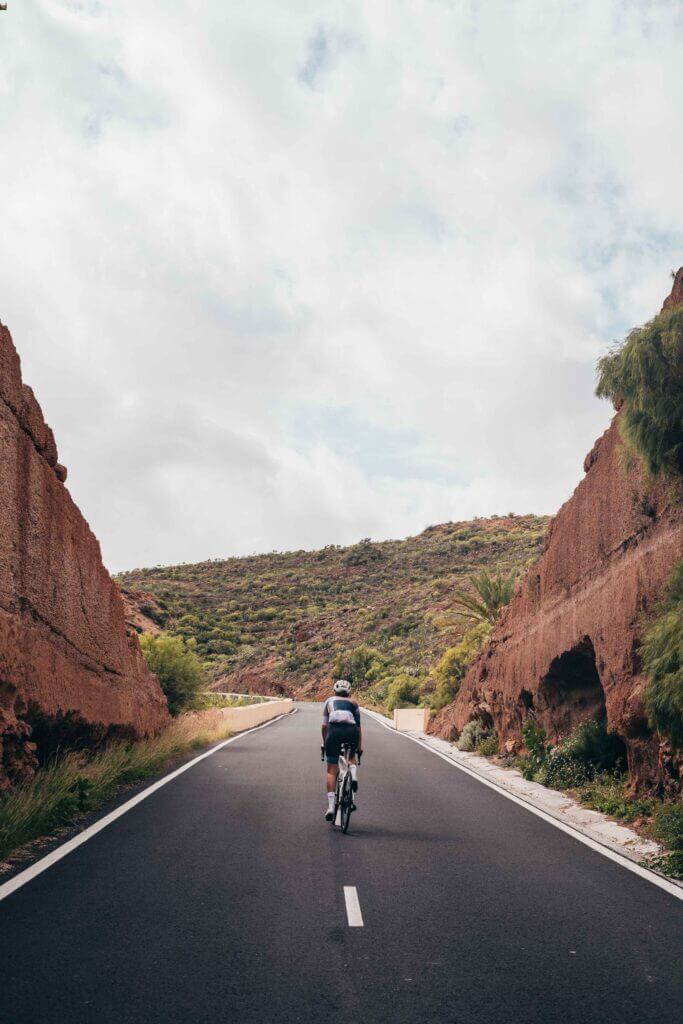
Climbing can be mentally demanding, but with the right mindset and strategies, you can overcome any challenge. Developing mental toughness and focus is crucial for conquering hills. Here are some techniques to enhance your mental stamina and focus during climbs:
1. Set clear goals: Establish clear objectives for each climb. It could be reaching a specific landmark, maintaining a consistent pace, or completing the climb without stopping. Breaking down the challenge into smaller milestones provides a sense of accomplishment and keeps you focused.
2. Positive self-talk: Maintain a positive internal dialogue throughout the climb. Encourage yourself with affirmations and reminders of your past achievements. Replace negative thoughts with positive ones to keep your motivation high.
3. Visualization: Use visualization techniques to mentally rehearse successfully conquering the climb. Imagine yourself riding smoothly, efficiently, and confidently. Visualize the sensations of power, strength, and satisfaction as you ascend the hill.
4. Breathing techniques: Controlled breathing helps regulate your effort, calm your mind, and manage stress. Practice deep belly breathing, inhaling deeply through your nose and exhaling fully through your mouth. Focus on maintaining a steady rhythm with your breathing, synchronizing it with your pedal strokes.
5. Mantras and distractions: Develop personal mantras or use external distractions to divert your attention from any discomfort or fatigue. Repeat empowering phrases or focus on the scenery, the rhythm of your breath, or the sound of your wheels turning.
By incorporating these mental strategies into your training and rides, you’ll develop resilience, maintain focus, and ride with confidence even when faced with challenging climbs.
Tip 6: Practice Hill Repeats and Interval Training

Incorporating dedicated hill repeats and interval training into your routine can take your climbing skills to new heights. Hill repeats and intervals help condition your body to cope with the demands of climbing and increase your ability to sustain efforts over extended periods.
Hill repeats involve repeatedly climbing a specific hill segment at high intensity. The goal is to challenge your body’s ability to produce power, improve climbing-specific fitness, and build mental resilience.
Find a hill with a challenging gradient that allows you to sustain a high-intensity effort for a specific duration. Start with a manageable number of repeats, such as three to five, and gradually increase the number as your fitness improves.
Be sure to incorporate recovery intervals between each repeat to allow your body to recover partially before the next effort.
Interval training involves alternating periods of high-intensity effort with recovery intervals. This training method simulates the demands of climbing, where you need to surge and sustain higher power outputs.
For example, you can perform intervals where you push hard for a set amount of time, such as two to five minutes, followed by a recovery period at a lower intensity. The duration and intensity of the intervals can be customized based on your fitness level and training goals. Aim to gradually increase the duration or intensity of the intervals as your fitness improves.
Incorporating hill repeats and intervals into your training regimen two to three times a week will improve your climbing-specific fitness, enhance your ability to generate power, and boost your overall performance on challenging climbs.
Tip 7: Fuel Your Body for Climbing Success
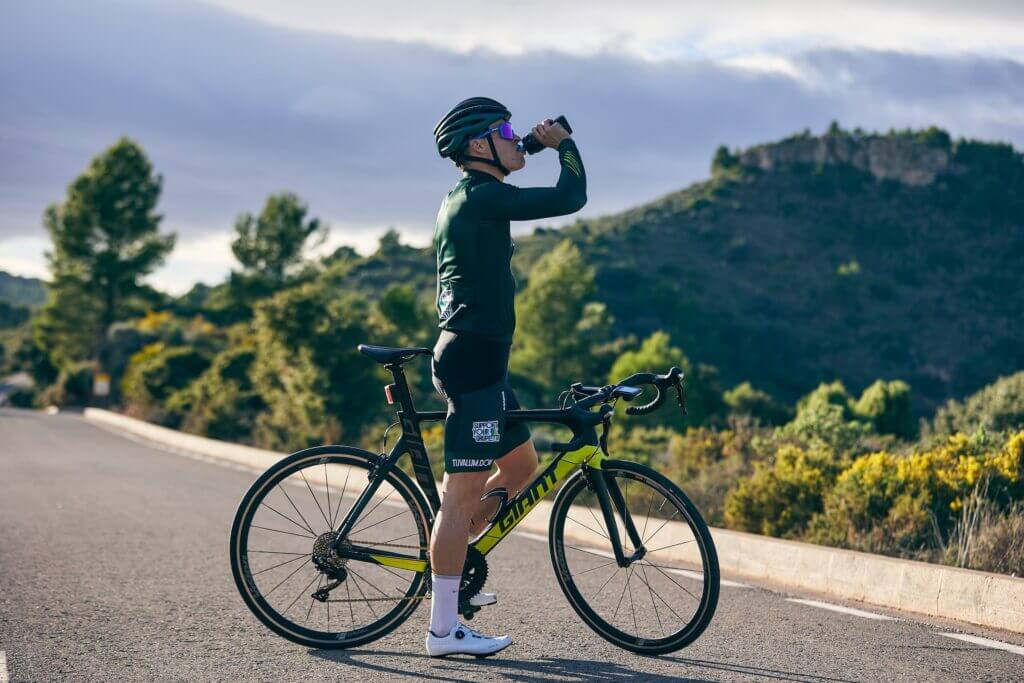
Proper nutrition and hydration play a vital role in maximizing your climbing potential. Fueling your body with a balanced diet rich in carbohydrates, proteins, and healthy fats is essential for energy production and muscle recovery.
Before a climb, consume a meal or snack that includes carbohydrates for readily available energy. Opt for complex carbohydrates such as whole grains, fruits, and vegetables to provide a sustained release of energy.
Consider including a source of lean protein to support muscle repair and maintenance. Examples include yogurt, eggs, lean meats, or plant-based protein sources.
During longer climbs, consume easily digestible carbohydrates to sustain your energy levels. Energy gels, chews, or bars are convenient options that provide a quick source of glucose to fuel your muscles.
Be sure to drink water or electrolyte-rich fluids to stay adequately hydrated during the climb. Hydration is crucial for maintaining optimal muscle function and preventing fatigue. Aim to consume fluids regularly, even if you don’t feel excessively thirsty.
After your climb, prioritize post-ride nutrition to support muscle recovery. Include a combination of carbohydrates and protein to replenish glycogen stores and promote muscle repair.
Opt for a balanced meal or snack within the first 30-60 minutes after the ride. Foods like a smoothie with fruit and protein powder, a chicken or tofu stir-fry with whole-grain rice, or a bowl of Greek yogurt with nuts and berries are excellent choices.
By adopting a well-rounded approach to nutrition and hydration, you’ll optimize your energy levels, enhance endurance, and recover more effectively from demanding climbs.
Tip 8: Find Your Rhythm and Pacing
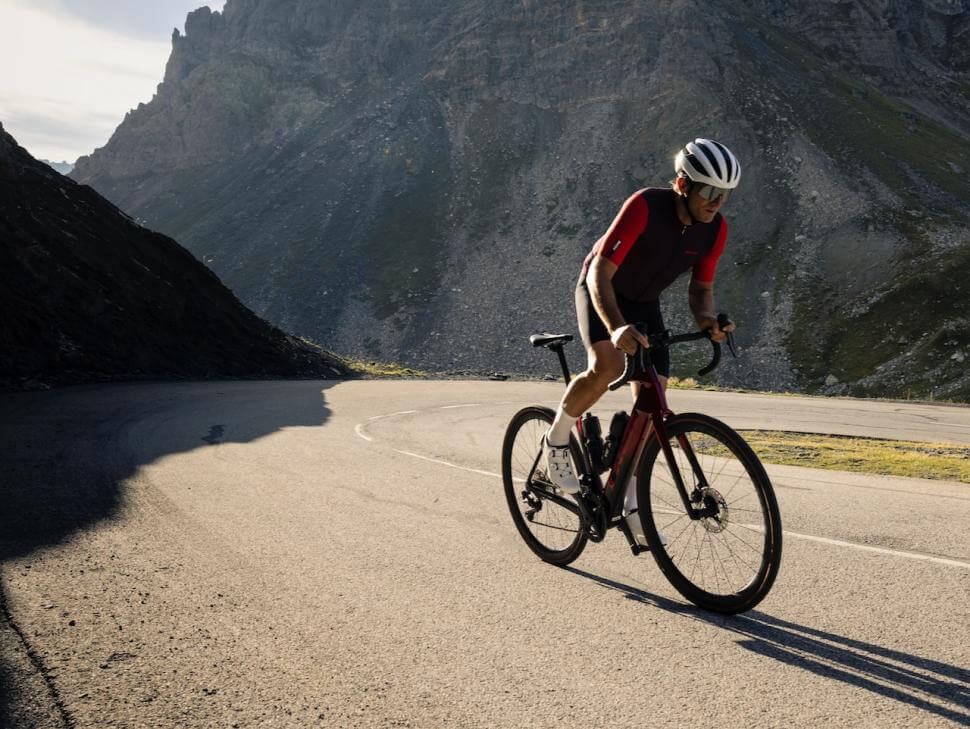
Finding your rhythm and pacing is key to maintaining momentum and conquering long climbs. It’s tempting to start a climb with maximum effort, but this can lead to early fatigue and difficulty sustaining your pace. Instead, begin at a sustainable pace, gradually increasing your effort as you settle into the climb.
Monitor your heart rate or perceived exertion to gauge your intensity level. Your perceived exertion refers to how hard you feel your body is working. On a scale of 1 to 10, with 1 being very light effort and 10 being maximal effort, aim to start around a 6 or 7 and gradually progress to an 8 as the climb progresses. By starting at a sustainable effort level, you conserve energy and reduce the risk of early burnout.
As you settle into the climb, find a pace that allows you to maintain a consistent rhythm. Focus on keeping a steady cadence and a smooth pedal stroke. Avoid surging too much or pushing beyond your sustainable threshold too soon.
Find a sustainable balance between effort and endurance, adjusting your effort level based on the length and gradient of the climb. By finding your rhythm and pacing, you’ll optimize your energy expenditure and increase your chances of maintaining a steady pace throughout the climb.
Tip 9: Research and Plan Your Climbs

Proper research and planning can make your climbing experiences more enjoyable and rewarding. Identifying suitable climbing routes based on your fitness level, desired challenge, and the availability of hills in your area will allow you to prepare effectively and make the most of your training rides.
Start by researching local cycling maps, online platforms, or cycling communities to gather information on popular climbing routes in your area.
Look for routes that align with your fitness level and provide the desired challenge, whether it’s short and steep climbs or longer, more gradual ascents. Check the gradient and length of each climb, as well as any noteworthy features or landmarks along the way.
Understanding the terrain characteristics of the climbs will help you mentally prepare and make any necessary gear or nutrition adjustments.
For example, if you’re planning a longer climb, consider carrying extra water and snacks to sustain your energy levels. If the climb includes sections of rough road surfaces or hairpin turns, be prepared to adjust your technique and approach accordingly.
Tip 10: Harness the Power of Bodyweight for Hill Climbing Success
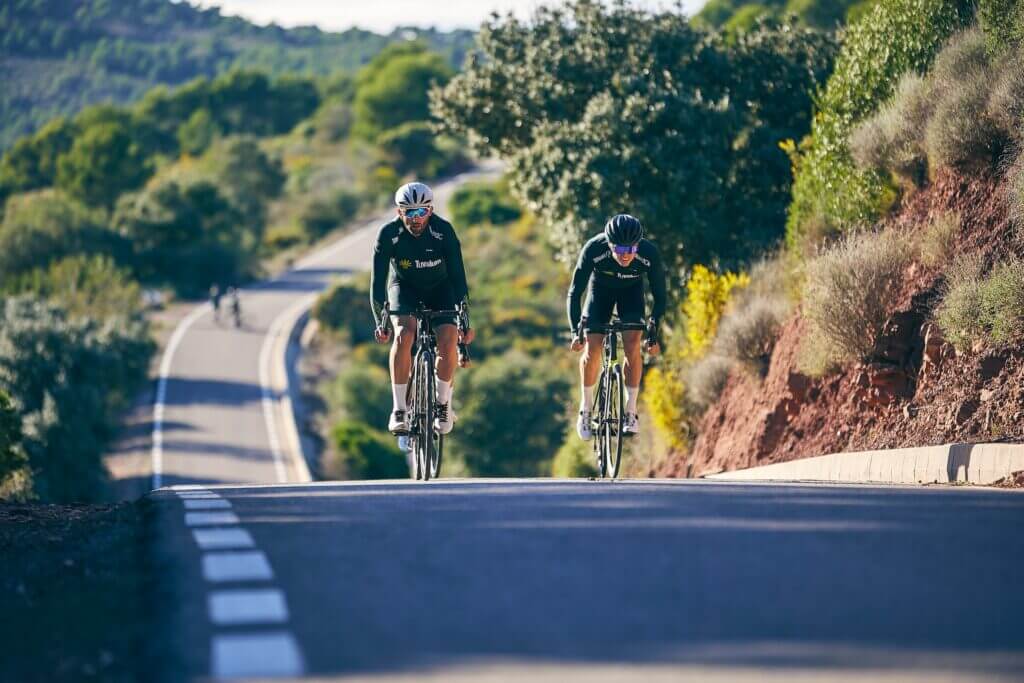
While optimizing your bike and training are crucial for improving hill climbing, don’t overlook the impact of your own bodyweight. Shedding a few pounds can significantly enhance your climbing abilities, and the best part is that it’s easier and more cost-effective to lose weight from your body than to invest in a lighter bike or components.
Carrying excess weight uphill requires more effort and puts additional strain on your muscles. By reducing your bodyweight, you can improve your power-to-weight ratio, allowing you to climb more efficiently and with less fatigue.
To achieve a healthy weight for hill climbing, focus on a combination of balanced nutrition and regular exercise. Maintain a calorie deficit by consuming a well-rounded, nutrient-dense diet while avoiding excessive processed foods and sugary beverages.
Prioritize whole foods, lean proteins, healthy fats, and complex carbohydrates to support your training and recovery.
Incorporate both cardiovascular exercise and strength training into your routine. Cardiovascular activities such as cycling, running, or swimming help burn calories and improve your endurance.
Strength training builds lean muscle mass, which not only enhances your overall fitness but also increases your metabolism, allowing you to burn more calories even at rest. Engage in exercises that target your major muscle groups, such as squats, lunges, push-ups, and planks.
Remember, the goal is to achieve a healthy and sustainable weight loss, not to restrict yourself excessively or pursue crash diets. Gradual and steady progress is key. Consult with a registered dietitian or a healthcare professional to create a personalized weight loss plan that aligns with your specific needs and goals.
By harnessing the power of bodyweight and maintaining a healthy weight, you’ll improve your climbing abilities, increase your power-to-weight ratio, and conquer hills with greater ease.
FAQ About Cycling Hill Climbs
What if I don't live near any hills? How can I train for hill climbing?
If you don’t have access to hills, you can still train for hill climbing. Seek out bridges or overpasses with inclines, use indoor trainers or stationary bikes with virtual training programs, incorporate strength training exercises, focus on sustained efforts in your rides, and plan destination rides to areas with hills. These strategies will help improve your climbing abilities, even without immediate access to hills.
How long does it take to improve hill climbing skills?
The time required to improve hill climbing skills varies depending on factors such as your current fitness level, training consistency, and dedication. With regular practice and focused training, noticeable improvements can be achieved within a few months. However, it’s important to remember that hill climbing skills are continually evolving, and ongoing practice is essential for long-term progress.
Should I use a lightweight bike for hill climbing?
While a lightweight bike can provide some advantages in terms of easier acceleration and climbing, it’s not the sole determining factor. It’s crucial to focus on optimizing your body strength, technique, and gearing before considering investing in a lighter bike. The overall fit and comfort of the bike are also important, so prioritize finding a bike that suits your body and riding style.
Is it normal to feel fatigued during hill climbs?
Yes, hill climbs can be physically demanding and may induce fatigue. As you challenge yourself on steep gradients and push your limits, it’s natural to experience fatigue in your muscles and increased cardiovascular effort. This is a sign that you’re working hard and pushing your boundaries. Proper training, nutrition, and pacing strategies will help you manage fatigue and improve your ability to sustain efforts during climbs.
Can hill repeats be done on any hill?
Hill repeats can be performed on any suitable hill that matches your training goals. Look for a hill with a challenging gradient that allows you to sustain a high-intensity effort for a specific duration. The length and steepness of the hill can be adjusted based on your fitness level and training objectives. As you progress, you can seek out steeper or longer climbs to continue challenging yourself.

